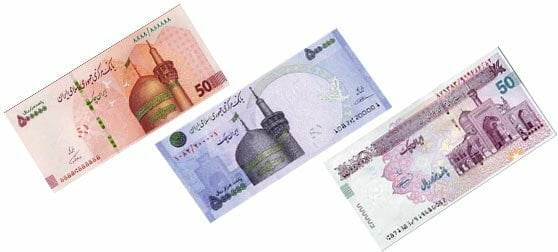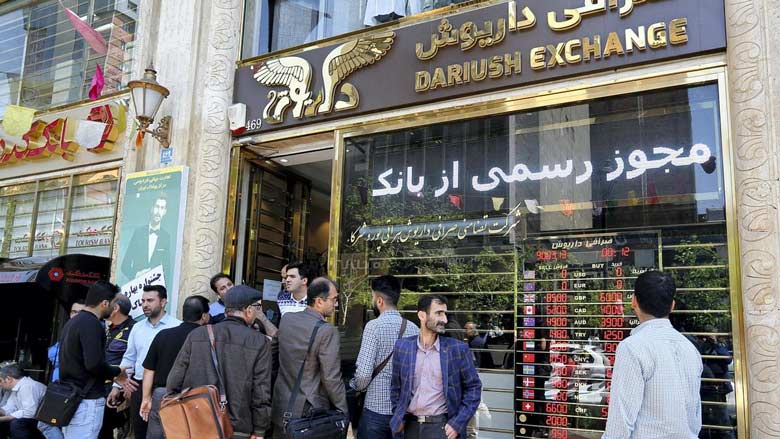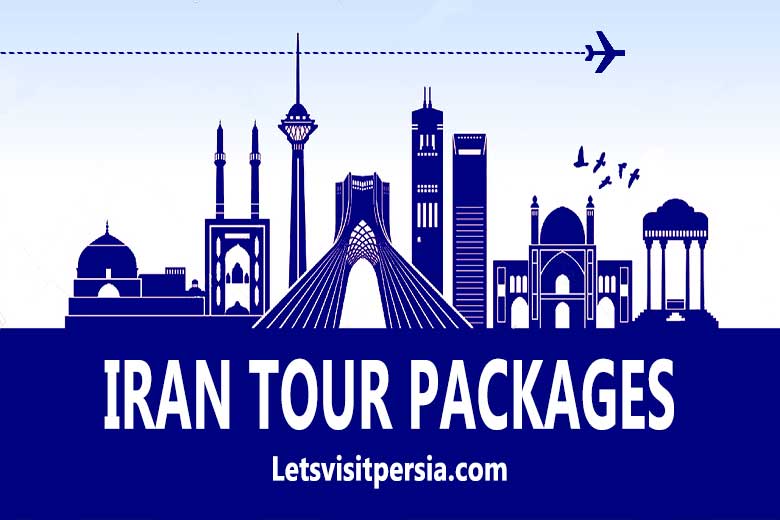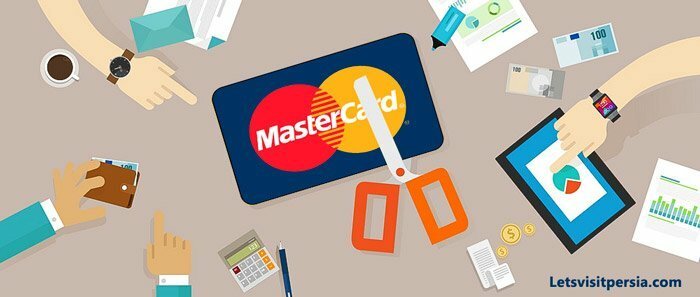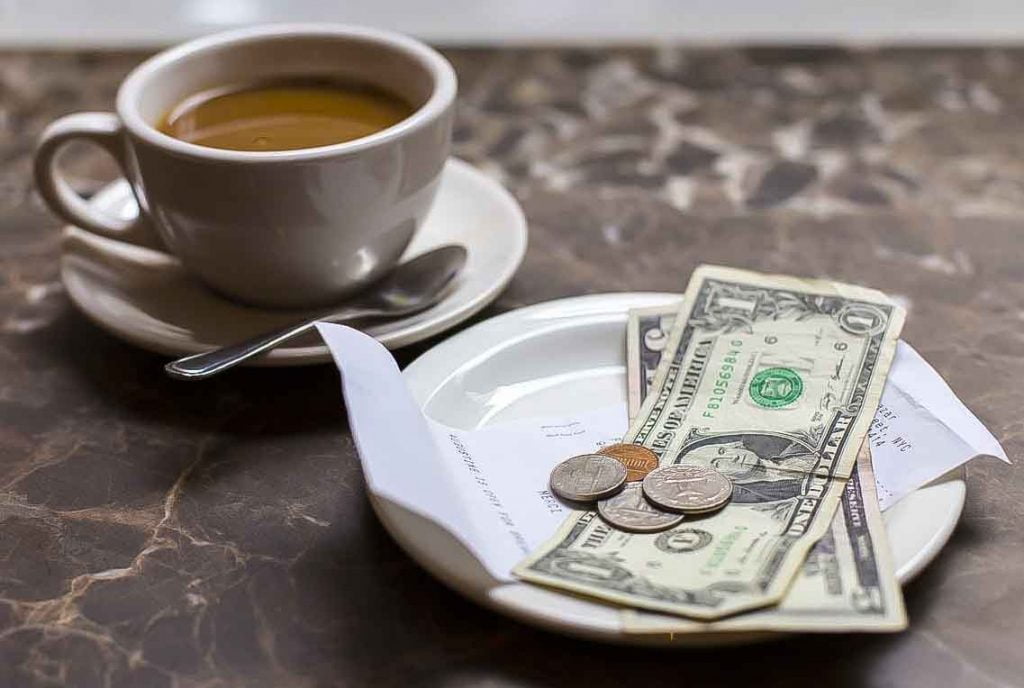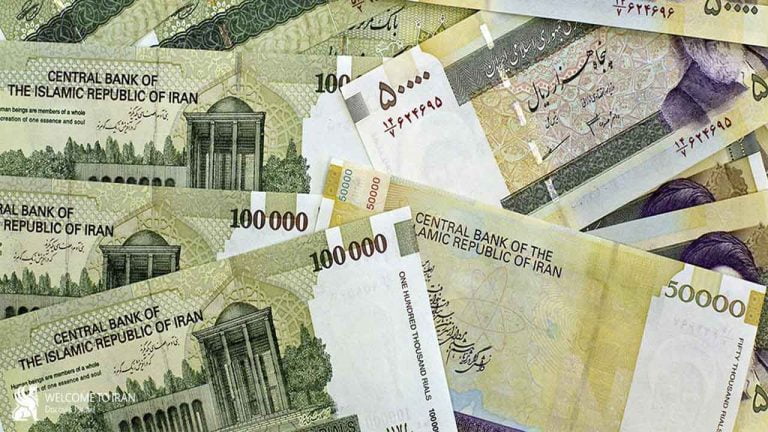
Iran Currency
Iran is a country that faces unique economic challenges. One of the most visible indicators of these challenges is Iran’s currency, the Iranian Rial.
In this article, we’ll take a closer look at the Iranian currency, its history, current challenges, and what travelers need to know about using it.
A Brief History of the Iranian Rial
The Iranian Rial (IRR) has been the official currency of Iran since 1932 when it replaced the Iranian Toman.
The Rial is subdivided into 100 dinars, although dinars are no longer used in everyday transactions. The Rial’s value has fluctuated greatly over the years, due to factors such as political instability, international sanctions, and inflation.
The Toman (10 Rials) is mostly used to express amounts of money and prices in Iran.
Toman is more common in speaking, while Rial is the official unit and is used in official documents. every 1,000 Tomans is 10,000 rial and 2 million Tomans is 20 million rial.
Iran Currency – Iranian Banknotes and Coins
Rial banknotes are issued by the Central Bank of Iran and come in denominations of 1.000, 2.000, 5.000, 10.000, 20.000, 50.000, and the 100.000
In recent years people are more likely to use Check-pul instead of carrying a large amount of money.
chek-pool (check money) works like a traveler’s check but doesn’t have any names written on it, so it works as a large amount of money. The most common denominations of chek-pools are 500.000 and 1.000.000 rials.
Coins come in 1.000, 2.000, 5.000, and 10.000 rials. However, the lower amount of rials is no longer used and is worthless.
Prices may come either in Rial or Toman and mostly should be understood by the buyers. If you doubt it, please check it with the seller.
Challenges Facing the Iranian Currency
One of the biggest challenges facing the Iranian currency is inflation. In recent years, Iran has experienced hyperinflation, which has caused the value of the Rial to plummet.
The government has attempted to stabilize the currency by fixing its value to the US dollar, but this has not been successful in the long term. Currently, the exchange rate for 1 US dollar to the Iranian Rial is around 42,000 IRR.
Another challenge facing the Iranian currency is the impact of international sanctions. Since the US withdrew from the Iran nuclear deal in 2018, Iran has faced increased economic pressure from the US and other countries.
These sanctions have made it difficult for Iran to access international markets, and have further weakened the value of the Rial.
What Travelers Need to Know
At the time you’re planning a trip to Iran, it’s important to understand how to use the local currency.
While some businesses may accept US dollars or other foreign currencies, it’s generally recommended to use the Iranian Rial for everyday transactions.
Exchange in Iran
Somehow Iran is still a cash economy for tourists while almost all of the locals use their own debit cards, but as a tourist, it is better to bring enough cash and you can exchange in every city if you need.
The most common currencies are the US dollar and the Euro, but the UK pound sterling is also used. Other currencies are a little harder to change so it’s more logical to bring these currencies.
There are two systems of exchange rate in Iran, the government rate and the free market rate.
As the government rate is always lower try to find the free market exchange shops by checking out the electronic billboards at the exchange shops on the streets.
Where to exchange money in Iran
To exchange money, you can refer to the banks or authorized exchange shops in the airport or tourist areas. In these special shops which are called Saraafi you can exchange your money at a little bit more rate, but very fast.
There are also a lot of street exchangers in tourist areas who usually hold a bunch of money in their hands and show it to people who are walking and shout Dollars, Euros, Pounds, etc. This kind of exchange is not legal and is not recommended.
Caution: We strongly suggest all tourist to ask their local tour guide to help them in this case.
A few tips for travelers about Iran currency
Bring cash – Credit and debit cards issued by foreign banks are not widely accepted in Iran, so it’s important to bring enough cash to cover your expenses.
Exchange money at official outlets – While it may be tempting to exchange money with unofficial money changers, it’s generally safer to use official currency exchange outlets, which are often located at banks and airports.
Be aware of the exchange rate – As the value of the Rial can fluctuate rapidly, it’s important to stay aware of the current exchange rate and be prepared to adjust your spending accordingly.
Consider using a prepaid travel card – Some companies offer prepaid travel cards that can be loaded with Iranian Rials, which may offer a more convenient and secure way to carry and spend money in Iran.
Credit Cards in Iran
International credit cards are not a reliable way for payments in Iran yet except in special big stores such as carpet stores or other survivor shops.
Sometimes, you can also ask these shops to do a favor and give you cash without buying anything.
Banks also will not forward cash advances on your International credit cards.
There is a lot of ATM machine everywhere in Iran, but they only accept domestic debit cards and are useless to foreigners.
Iran Currency – Tipping in Iran
When you are going to buy souvenirs you can bargain but prices to buy from supermarkets, restaurants, and transportation fees are fixed.
Tipping is generally expected, porters and bellboys will expect between 20.000 to 50,000 Iran currency (Rials) or 1 US Dollar.
Tipping in restaurants is not a big deal, very often you can round things off, although in snack restaurants you don’t need to tip, in a classic restaurant you can pay 150.000 to 200.000 Rials.
If you’re getting room service, then tipping is a must. Anything around 50,000 Rial should be fine.
The doorman at your hotel is basically there to be tipped. If you’re staying at the hotel for a few nights, then tipping him upon your departure with something around 20,000 Rials (Official Iranian currency) would be fine.
Regarding tips for your guide and driver 5-10 $ is common for your guide and half of that is for the driver if you’re only getting the service for one day.
If you’re traveling with a group for a week or more, 10 to 15 $ euros per day should be OK. You can pay way more than that, so it really depends on how happy you are with the service.
In conclusion, the Iranian currency is an important and often challenging aspect of travel to Iran. By understanding its history and current challenges, and following some simple tips for using it, travelers can navigate their way through Iran’s rich culture and natural beauty with confidence.
Contact us via
Shortcut
Tripadvisor: Letsvisitpersia
WhatsApp :+989333020393
Telegram: Letsvisitpersia
